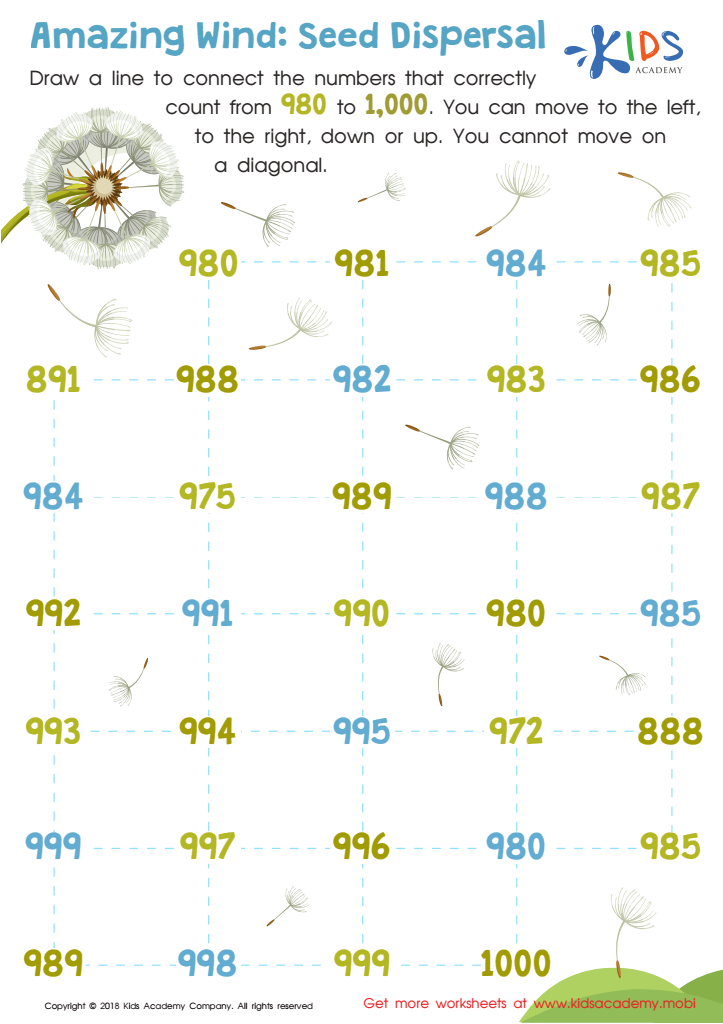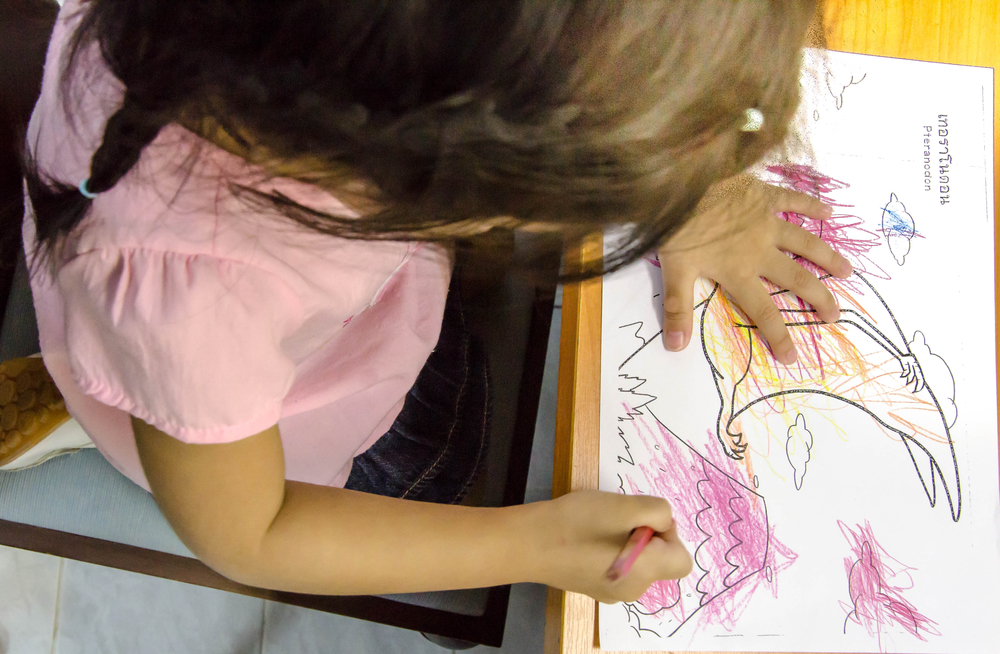Wind dispersal mechanism Worksheets for Kids
1 filtered results
-
From - To


Amazing Wind: Seed Dispersal Worksheet
Question/Answer
What does the Wind dispersal mechanism skill mean when it comes to Grade 2 Numbers learning?
In the context of Grade 2 numbers learning, the term "Wind dispersal mechanism" doesn't directly apply. It is more relevant to botany, referring to how plants spread their seeds through wind. For second-grade mathematics, the focus is typically on basic arithmetic, understanding place values, and simple problem-solving skills, rather than biological processes like seed dispersal.
How to test a Grade 2 student’s Wind dispersal mechanism skills?
To test a Grade 2 student's understanding of wind dispersal mechanisms, set up a simple experiment where they create paper or lightweight models of seeds. Have them drop these models from a height or blow on them gently to observe how far they travel.
What are some effective activities to train students’ Wind dispersal mechanism skill when teaching them about Numbers?
To train students on the wind dispersal mechanism in relation to learning about numbers, engage them in activities like constructing paper or lightweight model seeds and measuring how far they can be blown by fans (wind simulation), counting and comparing results.
 Assign to the classroom
Assign to the classroom












